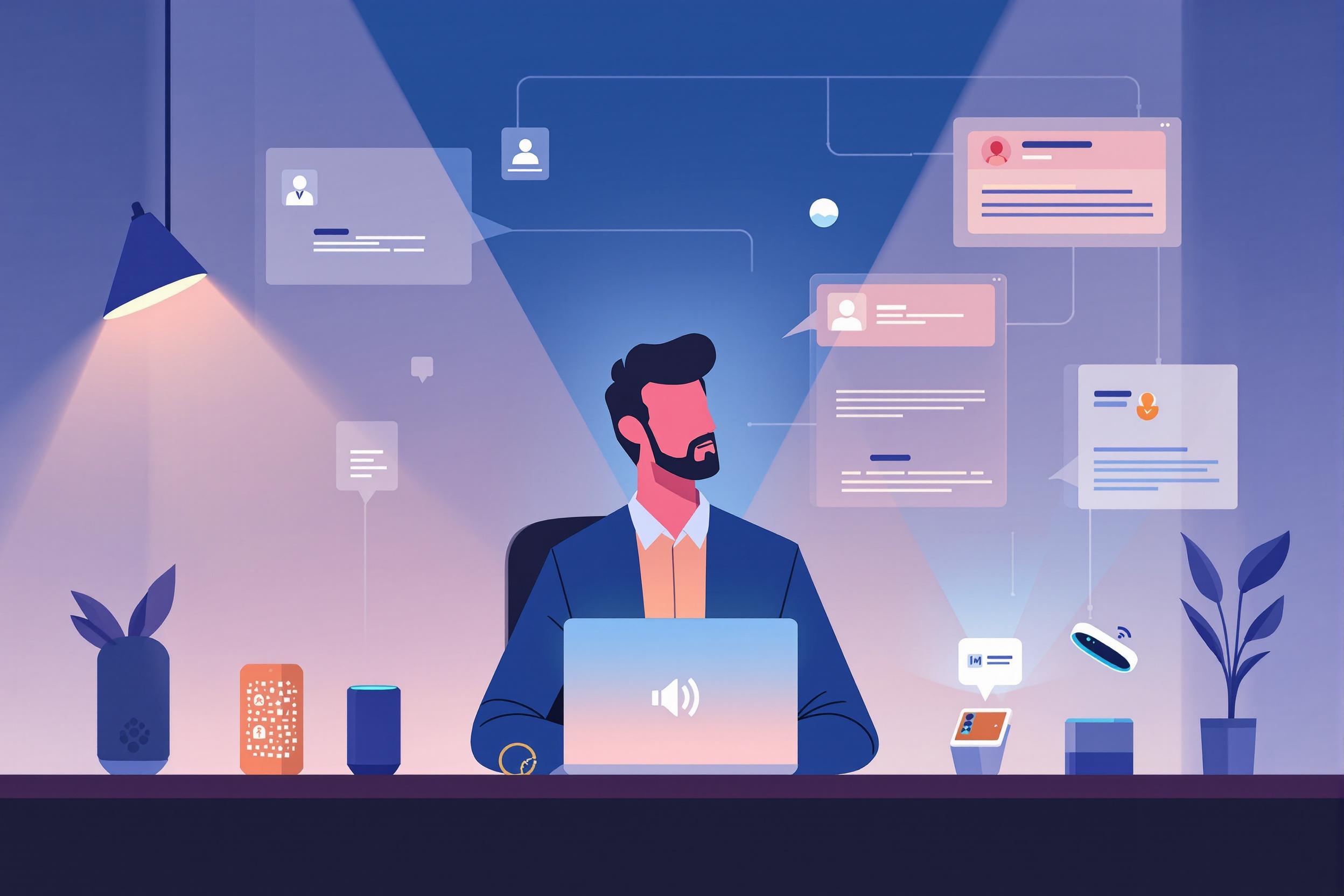
Loudness Normalization
Loudness Normalization is a process used in audiobook and podcast production to make sure all audio plays at a consistent volume level. Think of it like an automatic volume adjuster that makes quiet parts easier to hear and loud parts not too overwhelming. This is important because listeners don't want to keep adjusting their volume while enjoying an audiobook. It's similar to how TV commercials are required to maintain consistent volume with regular programming. Audio producers use this technique to ensure professional quality and meet industry standards for platforms like Audible or Spotify.
Examples in Resumes
Processed over 200 audiobooks using Loudness Normalization to meet Audible standards
Implemented Loudness Normalization and Audio Leveling workflows for podcast production team
Trained junior audio editors in Loudness Normalization techniques for audiobook quality control
Typical job title: "Audio Engineers"
Also try searching for:
Where to Find Audio Engineers
Online Communities
Job Boards
Professional Networks
Example Interview Questions
Senior Level Questions
Q: How would you set up a loudness normalization workflow for a team handling multiple audiobook projects?
Expected Answer: A senior engineer should discuss creating standardized processes, choosing appropriate software tools, setting up quality control checkpoints, and training team members on consistency across projects.
Q: What approaches do you take when dealing with particularly challenging audio that needs normalization?
Expected Answer: Should explain how they handle various audio problems like background noise, inconsistent recording levels, and meeting different platform requirements while maintaining audio quality.
Mid Level Questions
Q: What loudness standards do you typically work with and why are they important?
Expected Answer: Should be able to explain common platform requirements like Audible's standards and why consistent volume levels matter for listener experience.
Q: How do you quality check your normalized audio?
Expected Answer: Should describe their process for verifying normalized audio, including listening tests and using measurement tools to ensure standards are met.
Junior Level Questions
Q: What is loudness normalization and why is it necessary?
Expected Answer: Should be able to explain in simple terms that it's about making audio consistency better for listeners and meeting platform requirements.
Q: What basic tools do you use for loudness normalization?
Expected Answer: Should be familiar with common audio editing software and basic normalization features used in audiobook production.
Experience Level Indicators
Junior (0-2 years)
- Basic audio editing and normalization
- Understanding of common audio formats
- Familiarity with audio editing software
- Basic quality control checks
Mid (2-5 years)
- Advanced normalization techniques
- Multiple platform standard compliance
- Batch processing capabilities
- Workflow optimization
Senior (5+ years)
- Team workflow management
- Complex audio problem solving
- Quality control system development
- Training and supervision
Red Flags to Watch For
- No knowledge of basic audio terms and concepts
- Unfamiliarity with common audio editing software
- No experience with audio quality standards
- Lack of attention to detail in audio samples
Related Terms
Need more hiring wisdom? Check these out...

Silencing the Noise: How No-Meeting Days Supercharge Recruiter Productivity

Speak Up! How Voice Search Is Changing Job Listings and What HR Needs to Do About It

Speak Their Language: How Localized Job Descriptions Unlock Regional Talent

